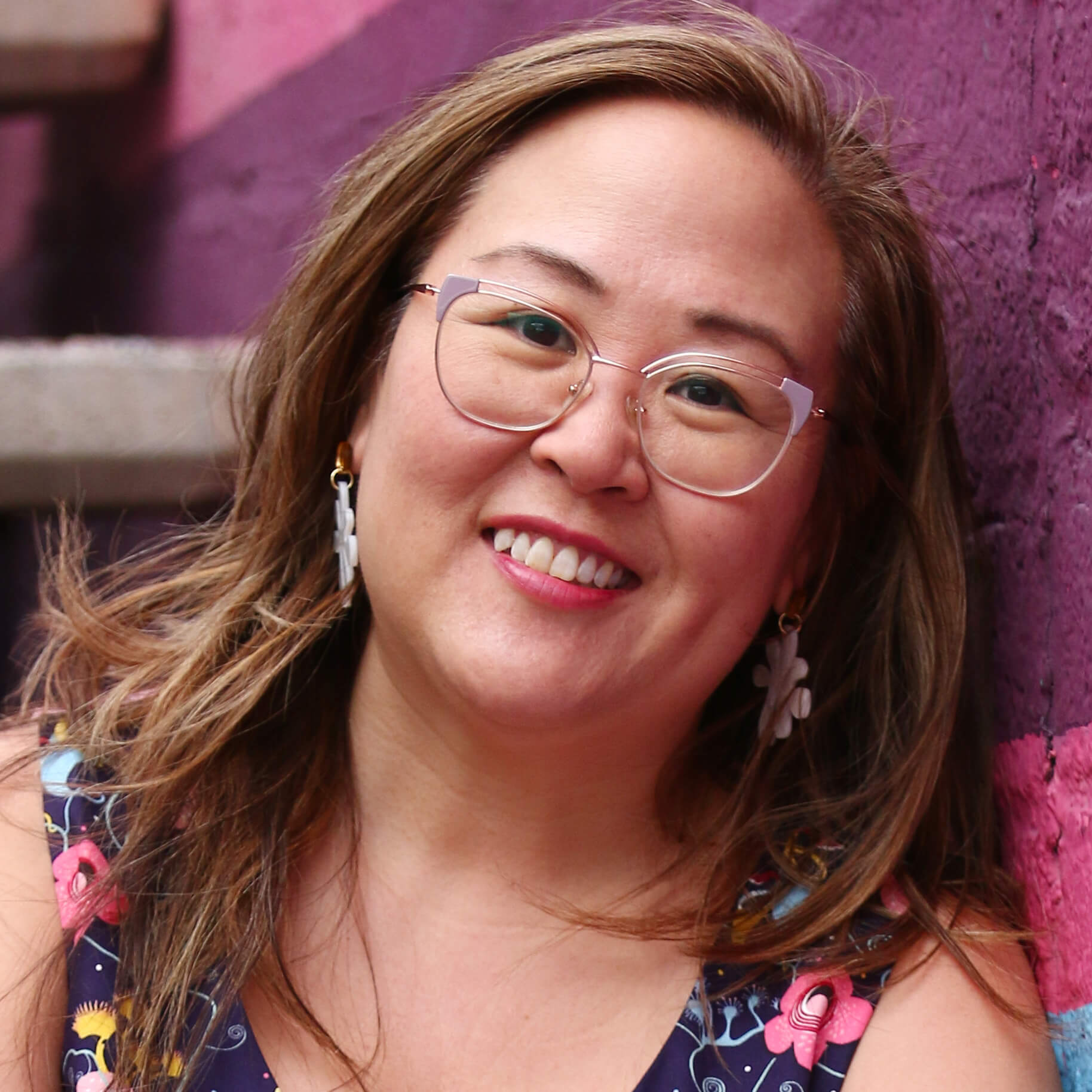The Knight Foundation announced today that it’s donating $1.2 million to try to make America’s newsrooms more diverse.
The money is going to the Maynard Institute, whose mission centers around newsroom and coverage diversity, to create “an in-depth transformation program for news organizations.” In the programs’s pilot phase, two organizations will see a specialist embedded in their newsrooms for six months to consult on improving content, including better informing underserved communities, and focusing on hiring and retention.
Maynard will select recipients of embeds for the pilot project, called the Equity and Inclusion Transformation Program. One will be a local newsroom participating in the Knight-Lenfest Newsroom Initiative known as Table Stakes. The second outlet will be selected in a competitive process open to nonprofit, for-profit and independent news organizations. The application will be released later this year.
The American Society of News Editors is in its 41st year of surveying newsrooms to track diversity in staffing, but progress is still far below the goal of achieving parity with census numbers by 2025.
RELATED: ASNE diversity survey: meager participation but progress among those reporting
“It’s always been put on us to solve the issue,” Bunting said. “This puts responsibility on the institution.”
Knight’s award to Maynard will also allow the institute to infuse the Fault Lines Framework into performance challenges for Table Stakes participants. The framework defines six “fault lines” through which every individual views the world. Sexual orientation was recently added to the original five areas identified by Robert Maynard: race, class, gender, generation and geography.
The funding is part of a $300 million Knight initiative to rebuild local news.
Media consultant Bruce Koon helped the Maynard Institute survey a broad range of newsrooms: legacy newspapers, digital start-ups, broadcast and nonprofits. He asked them to self-define whether they had a diversity program and the main obstacles to achieving goals.
Common obstacles cited were claims of an insufficient talent pipeline. He found that “change is just beginning to emerge” with some of the larger organizations hiring editors who have to achieve benchmarks in diversity, equity and inclusion.
Koon said the Maynard Institute is one of the few training organizations that has been involved in media diversity efforts from the beginning.
Maynard co-executive director Martin Reynolds said newsrooms tend to know a lot about their existing audience, but they don’t necessarily know how to make their product appeal to new audiences.
RELATED TRAINING: Handling Race and Ethnicity
Maynard co-executive director Evelyn Hsu said they expect to bring in other partners.
“There’s no sense in reinventing the wheel,” she said “There are a number of organizations that are doing this well.”
Although Maynard is “grateful for the opportunity,” Hsu said, “investments need to continue to come” from other sources.
Editor’s note: Author Doris Truong, Poynter’s director of training and diversity, is a graduate of a Maynard management training program.







